Twelves and Tens
This article was transcribed from a PDF file originally hosted on the Dozenal Society of America site, reprinted from The Listener, 25 January 1962.
On the case against the system of decimalization
Many people will be wondering why a mathematician should argue against the proposed change-over to decimal currency and the metric system of weights and measures. Surely, they will think, everyone is agreed that the decimal system is the most practicable system in which to carry out both small calculations and large ones? I wish to point out certain reasons why this is not so, and to show that there exists a better system, which in Britain we have in part already, and which, unwisely in my opinion, we are preparing to throw away.
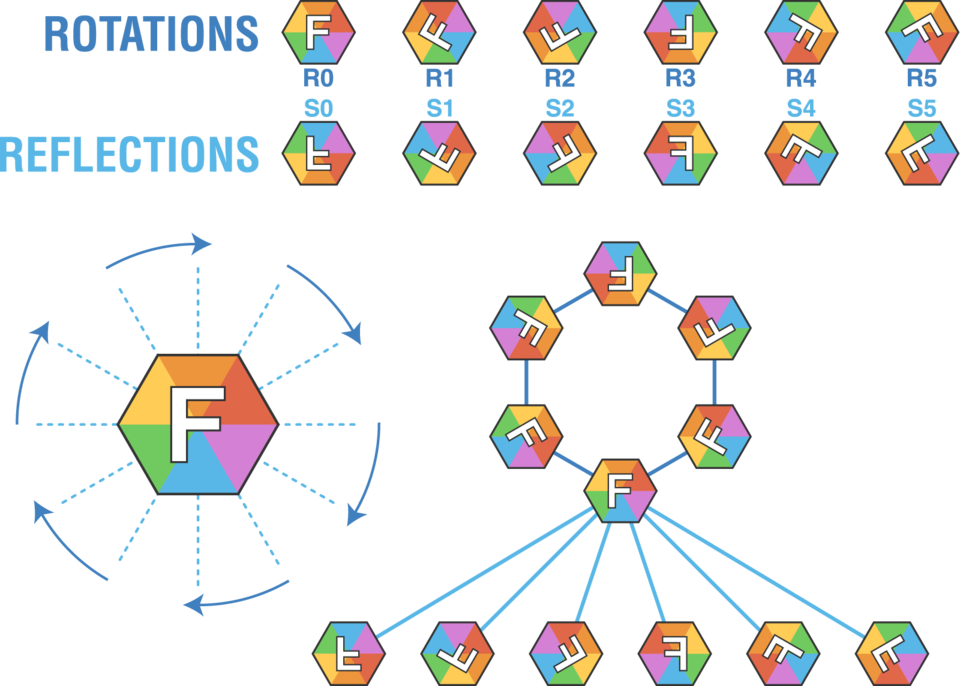
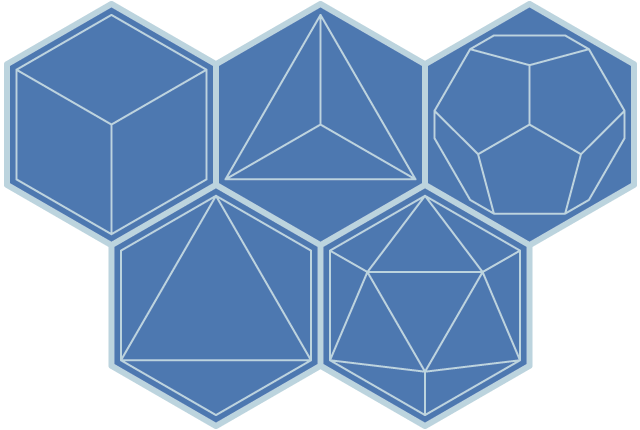
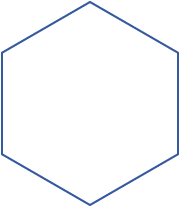 The following is a brief survey of some elemental properties of hexagons, and why they might be useful. It is not intended to be a comprehensive treatment of the subject. My specific concern here is with the mathematical properties of hexagons, and, to an extent, their role in the natural world. I have avoided discussing hexagons as they pertain to human culture, religion, history, and other "local" concerns, though there are many fascinating instances of hexagonality and sixness in these areas, and they will no doubt be treated more fully elsewhere at another time.
The following is a brief survey of some elemental properties of hexagons, and why they might be useful. It is not intended to be a comprehensive treatment of the subject. My specific concern here is with the mathematical properties of hexagons, and, to an extent, their role in the natural world. I have avoided discussing hexagons as they pertain to human culture, religion, history, and other "local" concerns, though there are many fascinating instances of hexagonality and sixness in these areas, and they will no doubt be treated more fully elsewhere at another time.

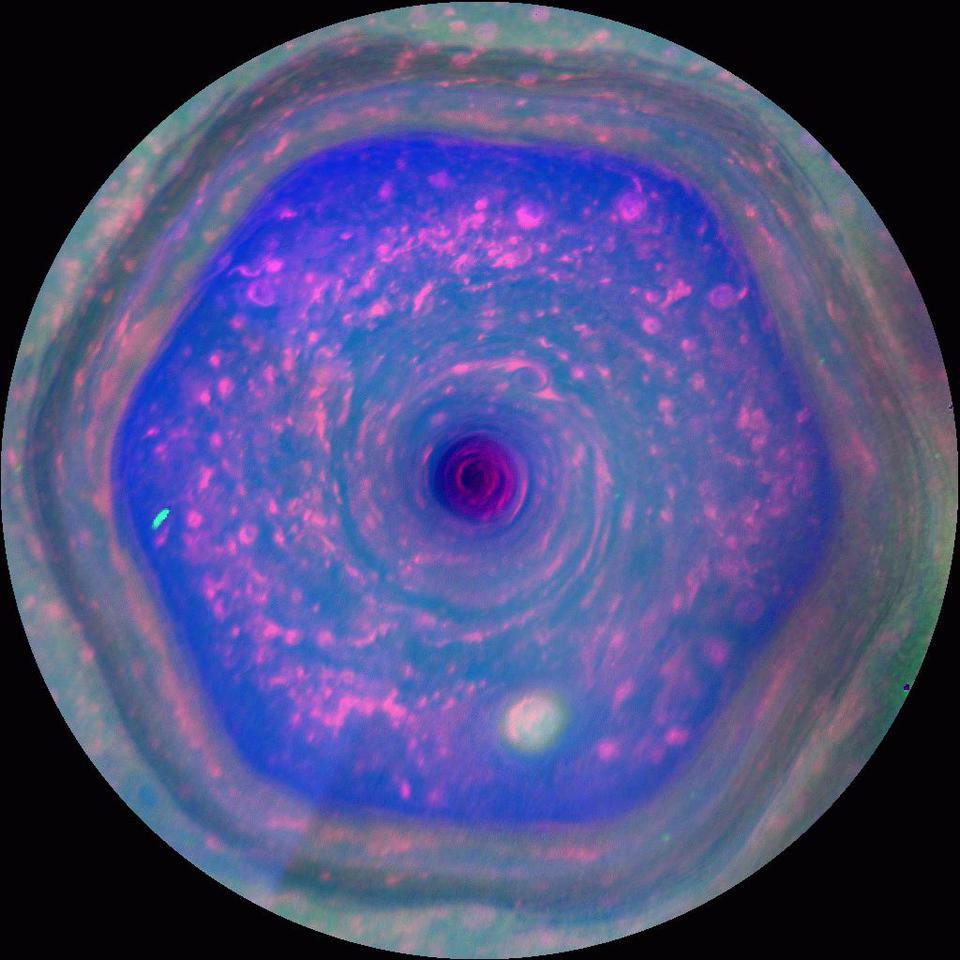

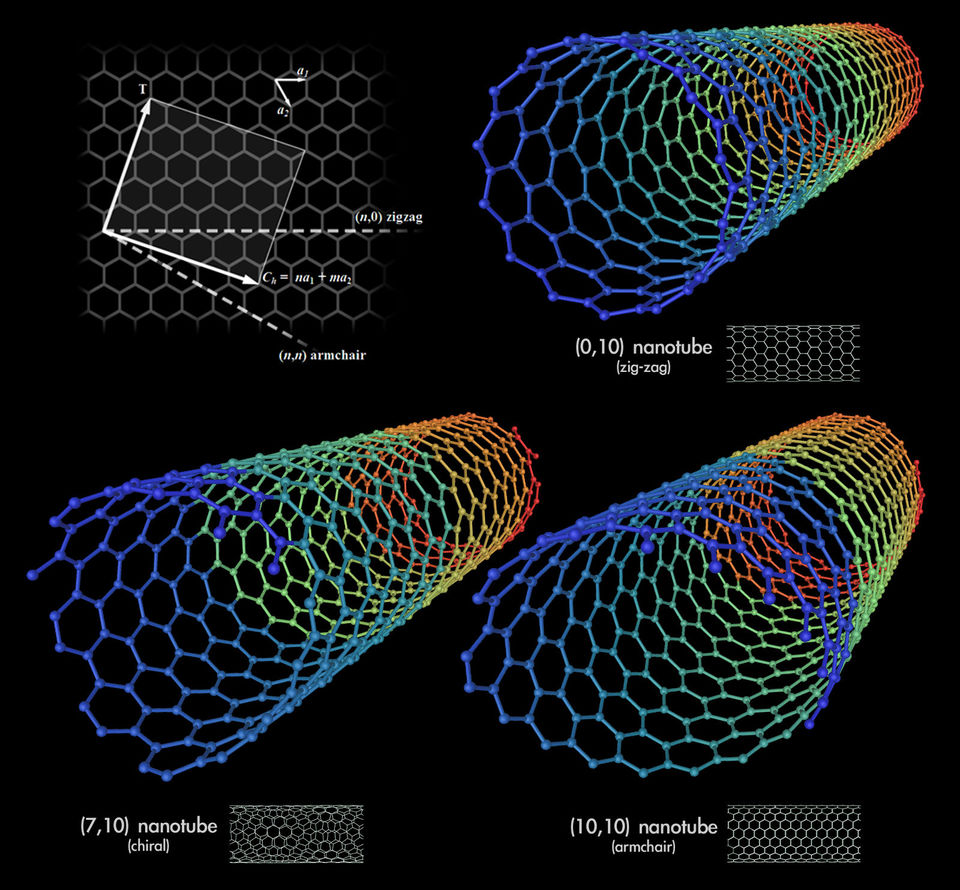


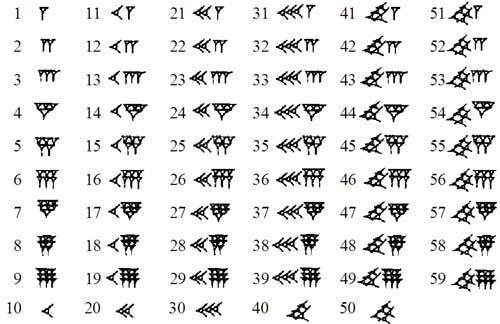
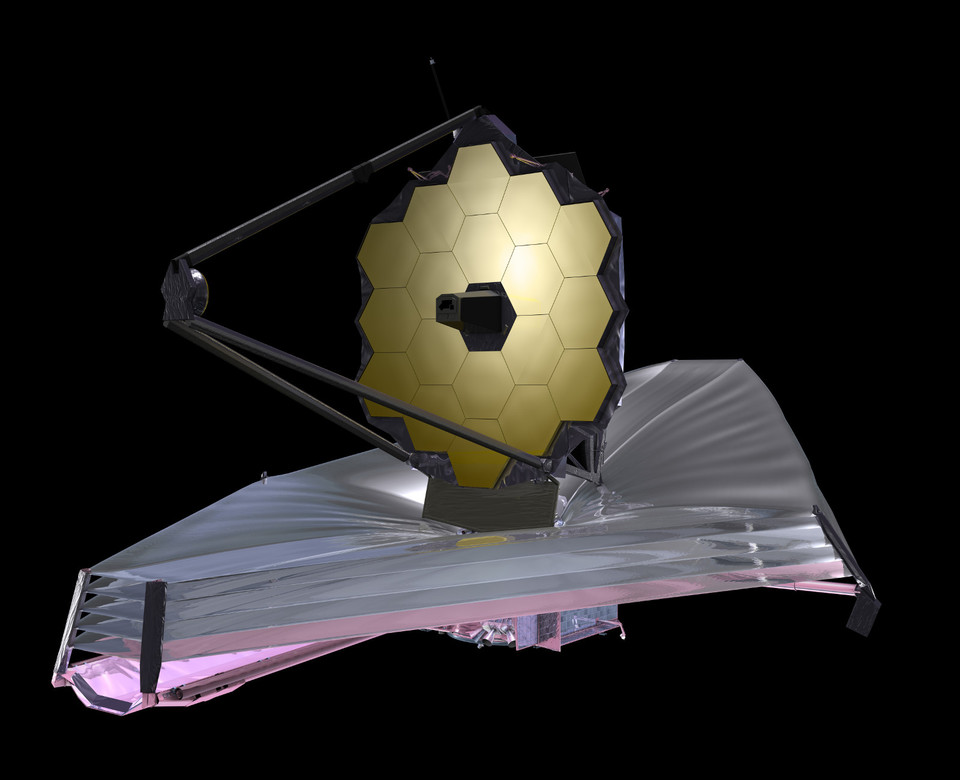
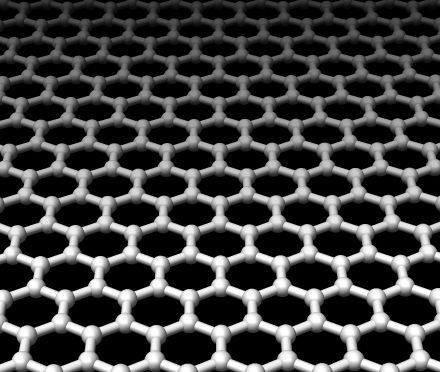

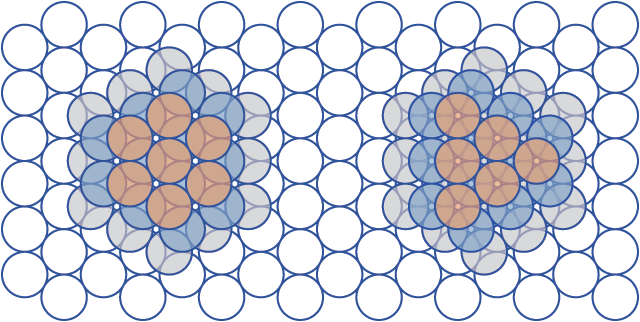
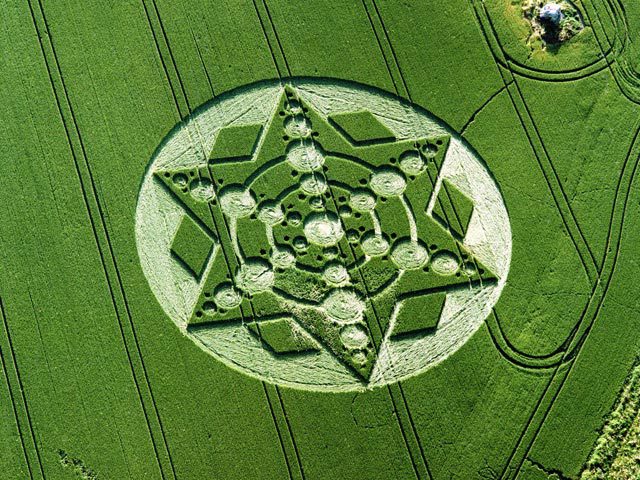
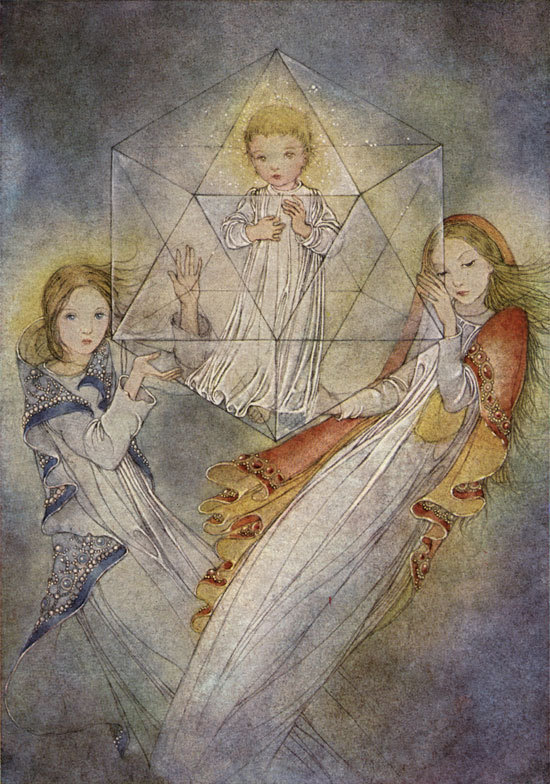
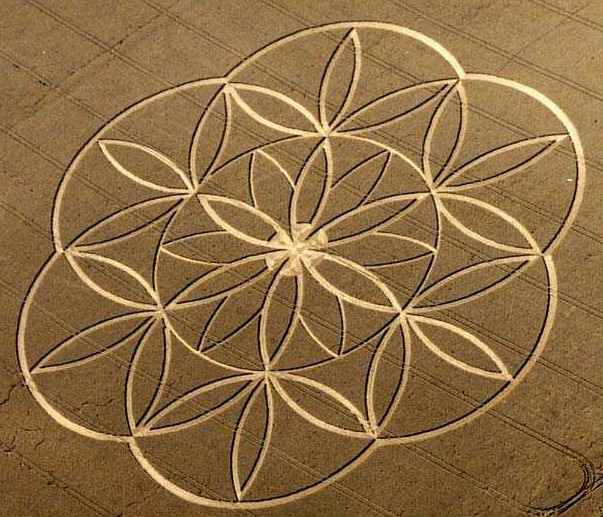
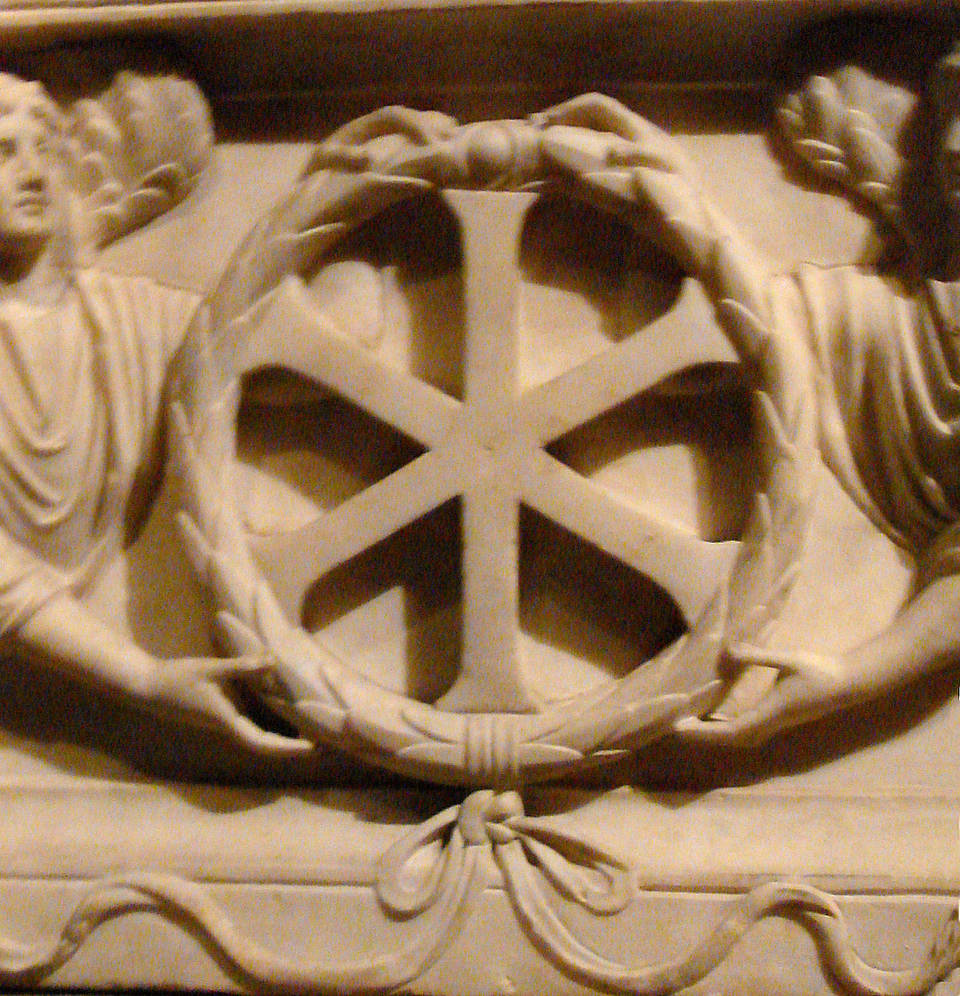
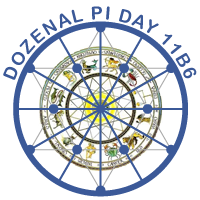 I am not sure when exactly this "Pi Day" thing became so fashionable, but for me it has come to symbolize everything that is wrong and unwholesome about modern society's relationship with numbers. You see, of late I find myself more and more perturbed by the extent to which people seem to take the primacy of decimal notation for granted in conceptualizing and comparing numbers. In the case of pi, there is NOTHING particularly universal or ontologically significant in the sequence of digits 3.14159265... except that they represent a certain way of parsing the value of pi by successive fractions of ten. THIS IS MAY BE INTERESTING IF YOU ARE REALLY INTO THE NUMBER TEN FOR SOME REASON. Otherwise it—like the entire decimal radix system—is fairly useless.
I am not sure when exactly this "Pi Day" thing became so fashionable, but for me it has come to symbolize everything that is wrong and unwholesome about modern society's relationship with numbers. You see, of late I find myself more and more perturbed by the extent to which people seem to take the primacy of decimal notation for granted in conceptualizing and comparing numbers. In the case of pi, there is NOTHING particularly universal or ontologically significant in the sequence of digits 3.14159265... except that they represent a certain way of parsing the value of pi by successive fractions of ten. THIS IS MAY BE INTERESTING IF YOU ARE REALLY INTO THE NUMBER TEN FOR SOME REASON. Otherwise it—like the entire decimal radix system—is fairly useless.